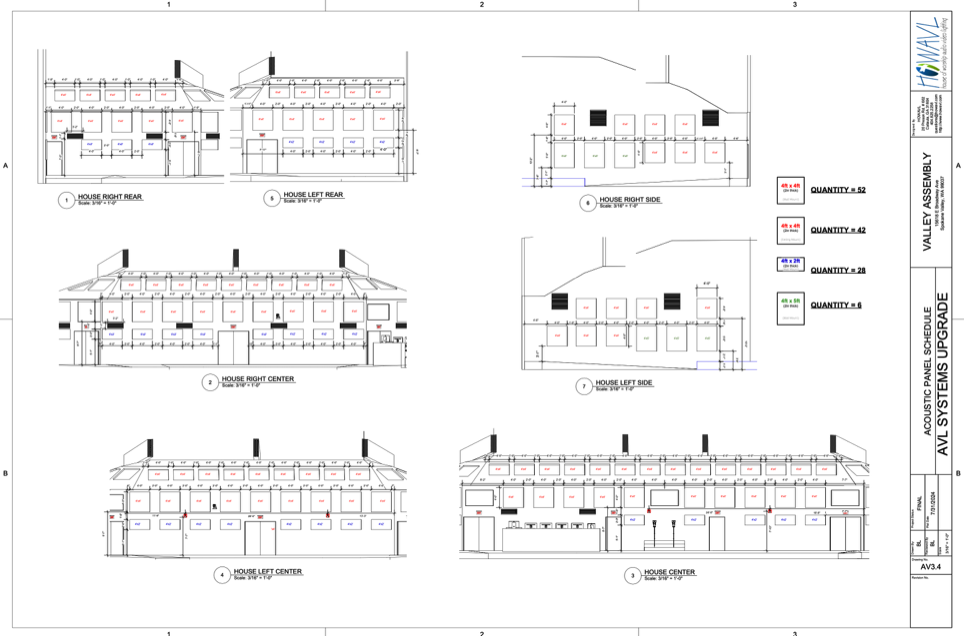404.825.2258

We never know whom the Holy Spirit has called to be in worship, that's why the message and gospel of Jesus deserves to be heard equally and clearly at each and every seat without compromise. Using EASE PRO with RAY TRACING we are able to accurately predict the acoustics performance of your sanctuary and display that data in 2D/3D visual form that everyone can understand. Our job is to provide education through independent advanced systems design, not to sell your ministry an installed audio system as is the case of every manufacturer and integration company.
DIRECT FIELD COVERAGE
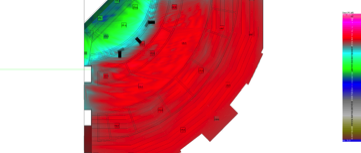
We analyze the current loudspeaker system (if upgrading an existing space) and engineer multiple, potential loudspeaker solutions while showing their performance at several specific frequencies and frequency ranges. We deliver raw and unaltered data of all the presented solutions so that church leadership can make the best informed decision for your space of worship.
ACOUSTICS ENERGY and COVERAGE in 3D
Our 3D analysis and coverage maps show exactly what to expect with reflections and room energy on the wall and ceiling surfaces. Loudspeaker energy on the walls is desirable to create a more natural environment, however knowing how much energy is generated and where is critical to an effective loudspeaker and acoustics design solution.
For most upgrades an AVL Contractor or Integration Firm is REQUIRED, however most acoustical treatment packages can be installed by members of the church. Of course an outside contractor can be hired, using volunteers and/or staff at the church can save a significant amount of cost. Not only will HOWAVL provide a comprehensive acoustics analysis of not only what is needed, but we provide the full technical drawings of where each panel shall be installed with spacing between panels, above the ground, etc.
"After spending money trying to fix these issues over seven years, why has no one told us what you've told us? I've learned more in one day meeting with your team than I have in seven years with all of those other companies combined."
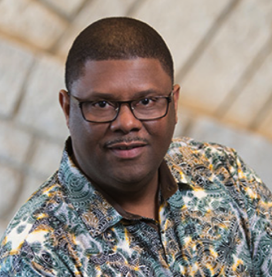
-Pastor Gaylon Clark
Greater Mount Zion Church (Austin, Texas)
SPEECH TRANSMISSION INDEX (STI)
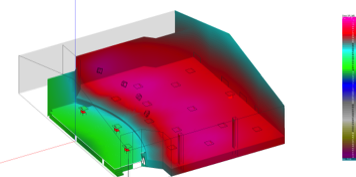
STI is a measurement of the predicted analysis of speech intelligibility and directivity of a given space determined by the combination of the coverage of a loudspeaker system and the acoustics of the space. Using STI readings allows us to specify the proper type, amount, and location of acoustics control solutions as part of the final design package.
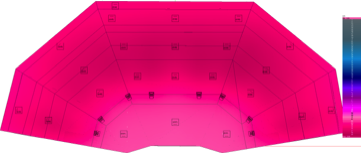
ACOUSTICS and LOUDSPEAKER DESIGN
